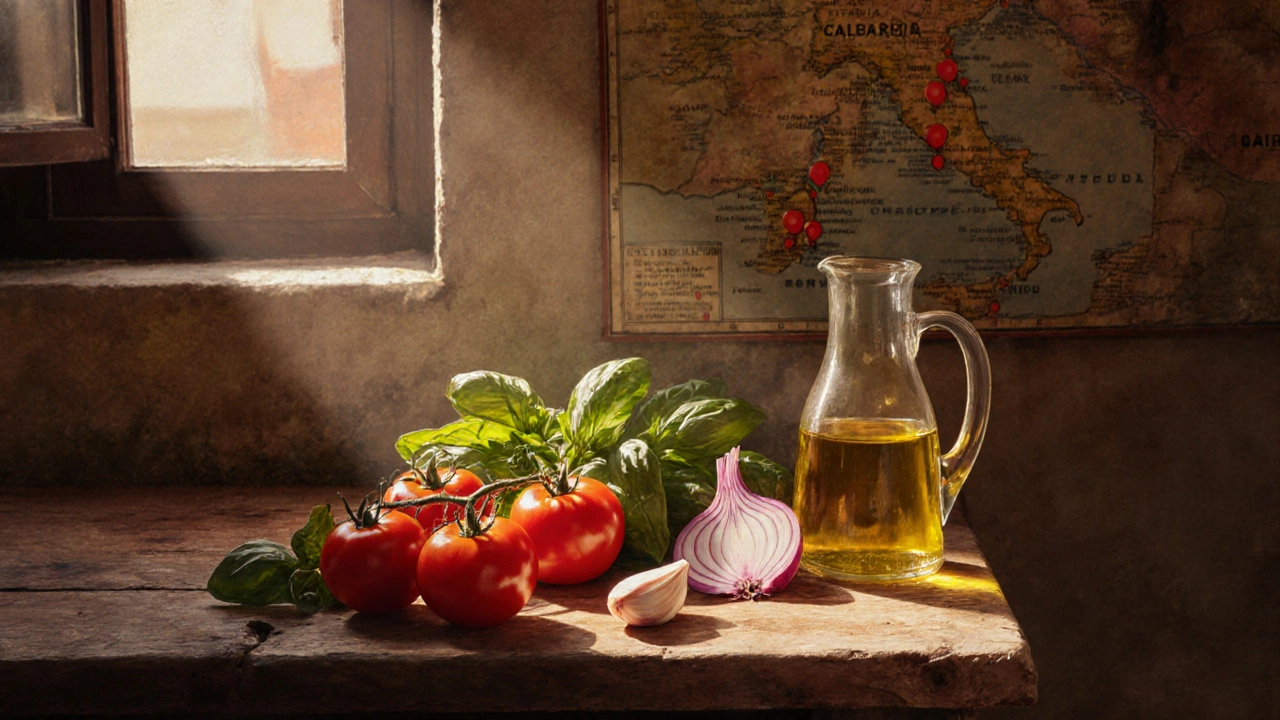Italian Sauce Onions: Master the Flavor Base
When working with Italian sauce onions, the sweet, aromatic onions that give classic Italian sauces their depth. Also known as soffritto onions, they are the first step to unlocking the taste of fresh tomatoes, herbs, and olive oil. In the hands of an artisan cook, these onions become more than an ingredient—they become a bridge between seasonal produce and timeless recipes.
One of the most powerful techniques that features Italian sauce onions is soffritto, a slow‑cooked blend of finely diced onions, carrots, and celery. The key attributes of soffritto are low heat and plenty of time; this lets the sugars in the onions caramelize gently, creating a mellow sweetness that balances acidity in Italian sauces. When you pair soffritto with seasonal ingredients, such as spring peas or autumn pumpkins, the sauce inherits the peak flavor of the harvest, a principle we stress in every class at The Culinary Crafts Academy.
Why Onions Matter in Every Italian Pasta Dish
From a quick aglio‑e‑olio to a slow‑simmered ragù, the presence of Italian sauce onions sets the stage. In our popular post about the four classic Italian pasta dishes, we show how a simple onion base transforms a basic tomato sauce into a robust accompaniment for spaghetti, tagliatelle, or the rare pasta varieties featured in our “rarest pasta in Italy” guide. The onion’s natural sweetness reduces the need for excess salt, making the dish healthier and more authentic—something home cooks and aspiring chefs alike appreciate.
Beyond pasta, onion‑based sauces are the heart of many comfort foods. Think of a creamy alfredo that starts with sautéed onions before milk and cheese join the pot, or a comforting minestrone where onions mingle with beans and herbs. The same technique appears in our energy‑saving tips for slow‑cookers: start with a brief sauté of onions on the stovetop, then transfer everything to the cooker for low‑energy, flavor‑rich results. This crossover of flavor fundamentals and practical kitchen economics illustrates how a single ingredient can influence multiple culinary domains.
For those who love to experiment, the versatility of Italian sauce onions shines in seasonal variations. In summer, add a splash of fresh basil after the onions turn translucent; in winter, introduce a pinch of nutmeg for warmth. The combination of Italian sauce onions with seasonal produce respects the rhythm of nature—a core tenet of artisan cooking that we teach across our workshops. By mastering the onion base, you gain a reliable foundation for any sauce, soup, or stew you plan to create.
Below you’ll find a curated selection of articles that dive deeper into these ideas—ranging from classic Italian pasta pairings to energy‑efficient cooking methods. Use this collection as a roadmap to sharpen your technique, expand your flavor vocabulary, and bring the true taste of Italy into your kitchen.

Do Italians Add Onions to Their Sauce? The Truth About Italian Tomato Sauce
Explore why Italian sauces sometimes include onions and sometimes don't. Learn regional traditions, flavor impacts, and practical tips for your pasta dishes.
More Detail